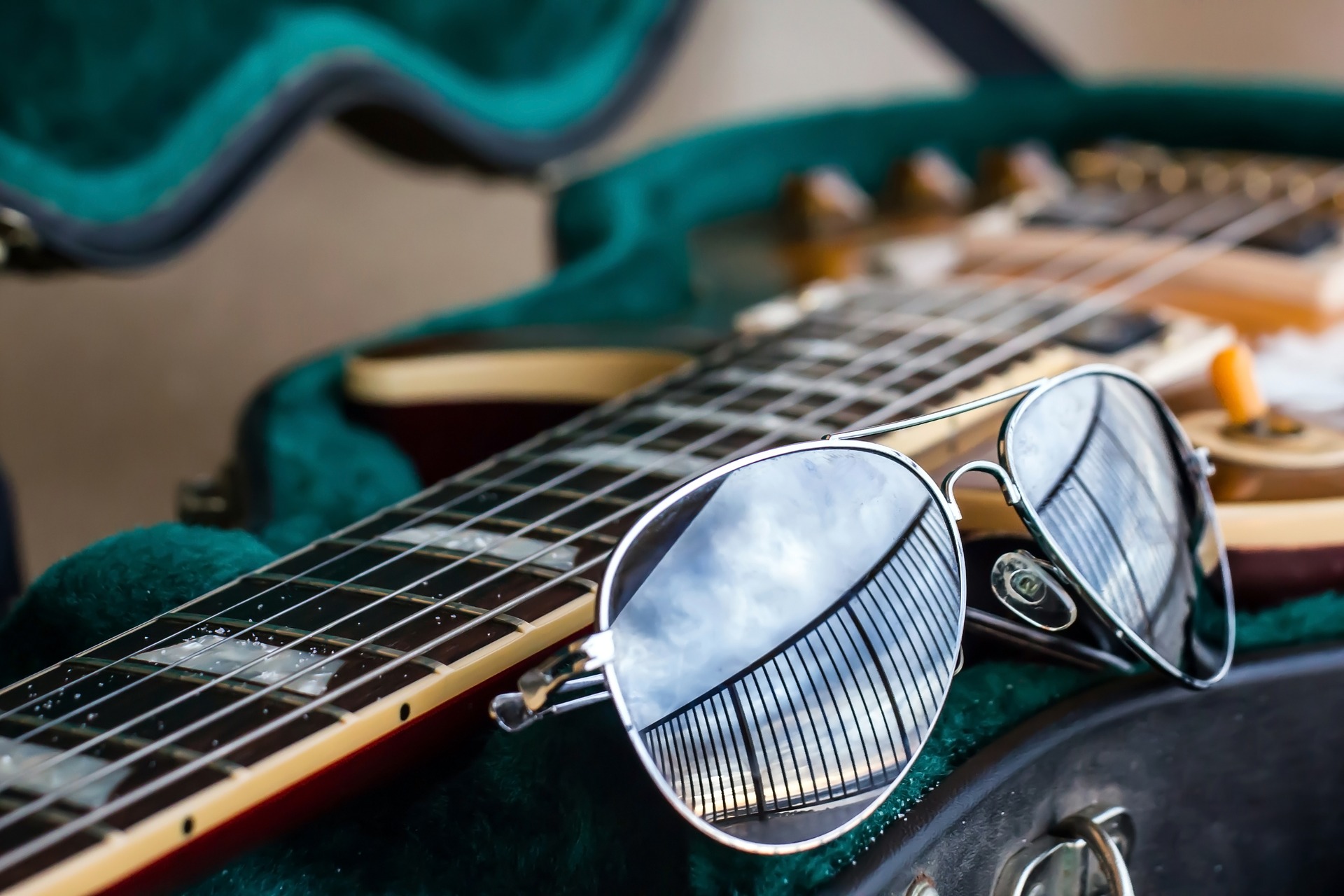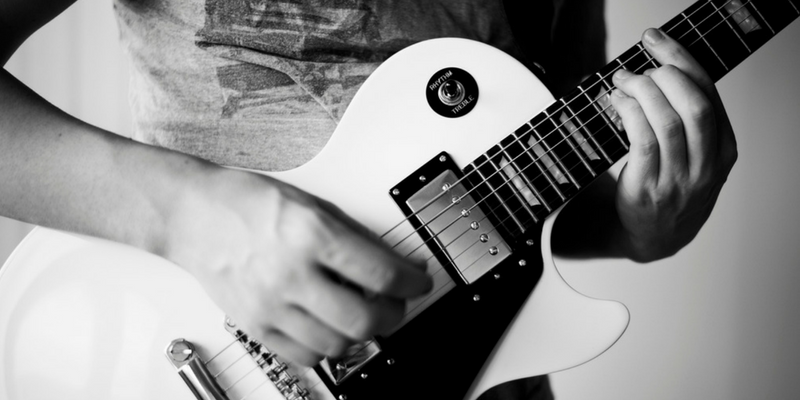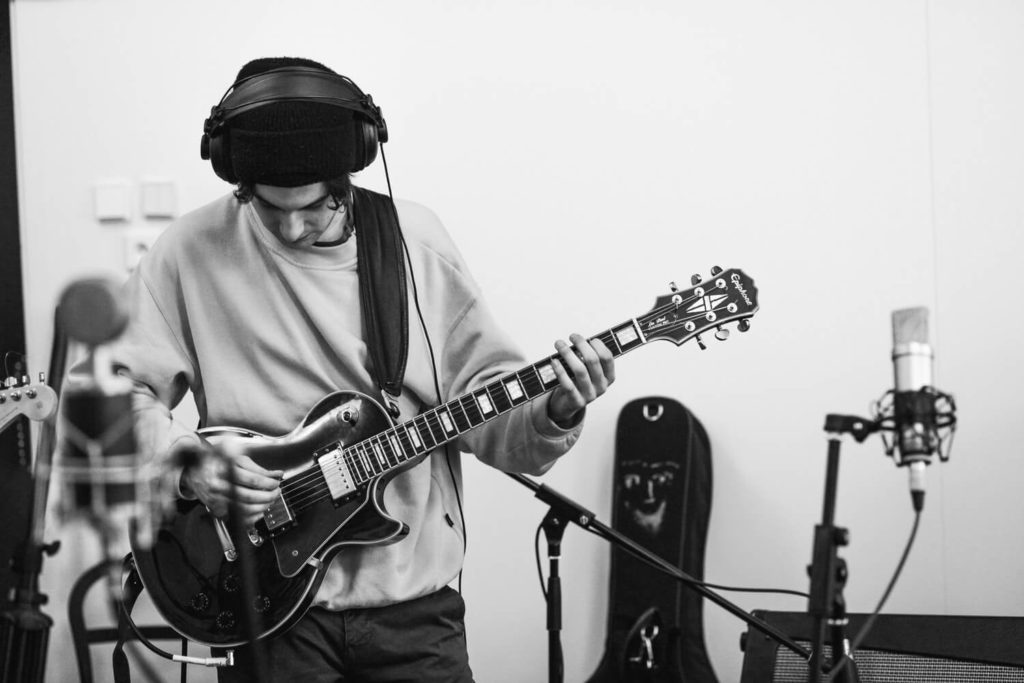In Part 7 of our series on how to learn the fretboard, we turn our attention to major chords and scales on our journey to learning the fretboard, which for me means becoming self-sufficient by not relying on patterns and shapes, as you would on practically any other instrument (think about it).
Let’s get straight into the practical side of it by learning the three (most useful) major triads, so we can apply this to the fretboard.

As you would expect, our 1, 3, and 5 intervals are the basis for the majority of major scales, especially the most useful ones, which are as follows:
Major Pentatonic: 1, 2, 3, 5, 6
Major (Ionian): 1, 2, 3, 4, 5, 6, 7
Lydian: 1, 2, 3, ♯4, 5, 6, 7
Mixolydian: 1, 2, 3, 4, 5, 6, ♭7
We can use all of the above over our classic major chord (1, 3, 5).

However, if someone’s playing a major 7 chords like the one below, the Mixolydian scale won’t sound so good. I think you know why.

So, our options over a major 7 chord are the major pentatonic, the major scale itself (Ionian) and the Lydian scale. Try them out, the ♯4 and the 7 in combination with the 1, 3, and 5 will give you the essence of the Lydian sound, while a regular 4 will give you the major scale sound.
If we’re dealing with a dominant 7 chord like the one below, which has a 1, 3, 5, and a ♭7, then the Mixolydian and major pentatonic intervals will work beautifully, whereas the Ionian and Lydian scales won’t sound as good.

That turning point again
If you’ve been following the series from Part 1, you’re probably starting to wonder if you learned the guitar all wrong by memorizing tons of major chords and scales, as well as shapes and patterns. Don’t get me wrong, this actually works for some people but for most, it eventually holds them back as they wonder why they can’t apply music theory to shapes. If you’ve come this far, you’re at the fork in the road; you can continue learning patterns and shapes (good for technique), or start taking control of what you’re playing.
In Part 8 of how to finally learn the fretboard, I’ll show you a solid basis for analyzing/building any chord and knowing what to play over it.
Photo by Richard Clyborne of Music Strive.



